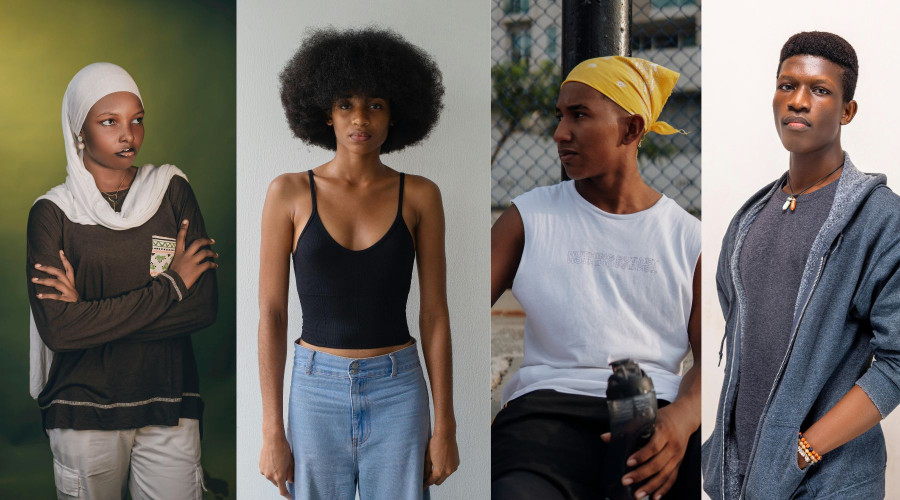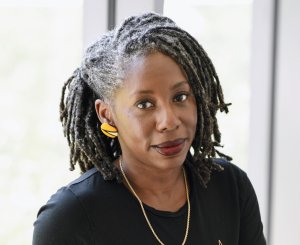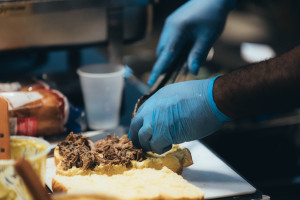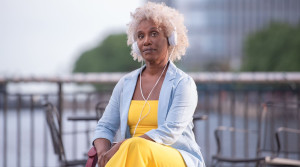And somehow, everyone's still pretending Canada's education system is doing just fine.
Loud. Aggressive. Violent. These are the words that follow Black students through Canadian classrooms like shadows—and University of Toronto researchers Olivia Bernard and Ahmed Ilmi have the receipts to prove the system isn't broken. It was built this way.
The Statistics We Already Know (But Keep Ignoring)
Black students graduate at lower rates. They face harsher discipline. They encounter racism and bias daily. None of this is news. But Bernard, a PhD candidate studying geography, and Ilmi, an interdisciplinary Black Studies scholar, are digging deeper into the intersections of place, religion, gender, and power that make anti-Blackness in Canadian schools even more insidious.
When Bernard arrived from Jamaica in 2015 planning to study accounting, a city studies course redirected her path to geography, not just landscapes, but "people, places, and power." Her research zeroes in on how Black girls navigate Toronto's school system, sparked by a friend's story about academic streaming. A teacher helped her friend transfer from "applied" to academic courses, completely changing her trajectory toward university.
Research by Black Canadian scholars Giselle Thompson and Tka Pinnock highlights that what happens to Black young people has significant effects on what happens to Canada’s Black communities and the society at large. A 2020 Statistics Canada study on the education and labour market integration of young Black Canadians showed that while Black youth were as likely as other Canadian youth to have a high school diploma in 2016, there was a significant gap between the postsecondary graduation rates for Black youth and other Canadian youth.
"That got me interested in how Black students move through the education system," Bernard says. "It was a pattern where primarily Black students, racialized students, working-class students, ended up in these programs."
Her fieldwork at a Toronto high school (she's calling it Black Creek High School) revealed Black girls facing stereotypes and harsher discipline. Bernard spoke to students to find out their thoughts.
“They're ghetto, or they just go to school for their friends and not really to learn. It makes me feel weird because it's not true…” explains Deserie, one of the students who was asked about stereotypes. “They're angry and aggressive, which that's not really true because someone would have to do something for me to get that way. It's not always that we come off as that. It’s that there could be microaggressions or little things that they do that they don't notice.”
When Black female students try to resolve issues with their teachers or administrators, they feel defensive because of the stereotypes they face. “I know they have in their head, of course, this is typically how a Black student would act because we're more so looked at [as] the type to be aggressive,” says Sarah, a student at Black Creek High School.
The Lie We Tell About Black Girls
"While Black girls do better than Black boys in schools, they do substantially worse than other boys of other races," she explains. "It's not a case where Black girls are doing better—they're just doing better than Black boys. A lot of times when we say that, we forget about them."
Some of the most damning findings to support Bernard’s research? When she asked what classes were popular with Black girls, the answer was cosmetology.
Bernard found that 11 of Toronto's 17 schools offering cosmetology programs are in working-class neighbourhoods. The school she studied has multiple special education programs with many students on Individual Education Plans (IEPs).
"Cosmetology and the plethora of special education programs—I found geographical streaming," she says. "We have been streaming students into a specific pathway to reproduce working-class jobs in working-class communities."
She's invoking scholar Ruth Gilmore's work: governments create spaces designed to contain racialized people and immigrants, where underfunded schools, public housing, inadequate transit, and limited jobs keep working-class folks locked in place. These aren't accidents. It’s architecture. “All of these things fix working-class folks in particular neighbourhoods,” explains Bernard.
Black girls are also frequently socialized to take on caretaking duties at home, like walking younger siblings to and from school and doing chores around the house to help their parents. These responsibilities can leave girls tired, unable to attend extracurricular activities and tutoring, and generally hinder their school performance. “I'm a girl too, so [they] expect you to do more, like clean the house. I have to clean and everything like that, plus watch my siblings and my little brother,” says Black Creek High School student Dior.
When Anti-Blackness Meets Islamophobia
Ilmi's research explores the intersection of race, culture, and religion. As part of a larger body of work looking at community schools and the experiences of youth once they've left the education system, he interviewed 32 male and female Somali students about safety and inclusion, tracking how anti-Black racism intersects with Islamophobia and gender.
He says highlighting the differences within Black communities is essential to understanding how Blackness is seen in schools. "They're very different pockets in Toronto where Blackness is unique and different," Ilmi says. "We have to be open to looking at how racism and anti-Blackness is experienced.
The testimony from the girls is chilling because they just can’t win for the stereotypes they encounter: When they wear hijab, they're seen as oppressed. When they don't, they're labelled loud, aggressive, and pushy. The boys? On Fridays, when wearing traditional Islamic dress, they're viewed as suspects and dangers to their communities.
Ilmi's frustration cuts deep: "The classroom is the first lens in which a child sees themselves and sees their place in society. You're constantly being told that you're nothing, you're violent, and you're being over-disciplined. All your achievements are being overlooked. This is why a lot of the youth will disengage."
Schools must allow Black children to be free to just be themselves. Schools should be where children’s loudness is seen as joyful exuberance. Passion about a subject isn’t seen as aggression. And violence doesn’t equal the colour of our skin.
Changes need to happen at the system level, that's clear. But Bernard says parents must become their children's advocates now. Build relationships with teachers. Understand how the system works so you can guide your child's educational choices.
While it’s a lot to ask of parents who are already exhausted from dealing with anti-Black racism themselves to constantly fight for their child's right to a proper education, Ilmi asks us to be courageous – like our children who walk into these schools every day.
"These youth and children are very courageous in terms of how they not only survive but thrive and define their own success."
That's not a testimony to the schools. That's a testimony to us.

 By
By 





